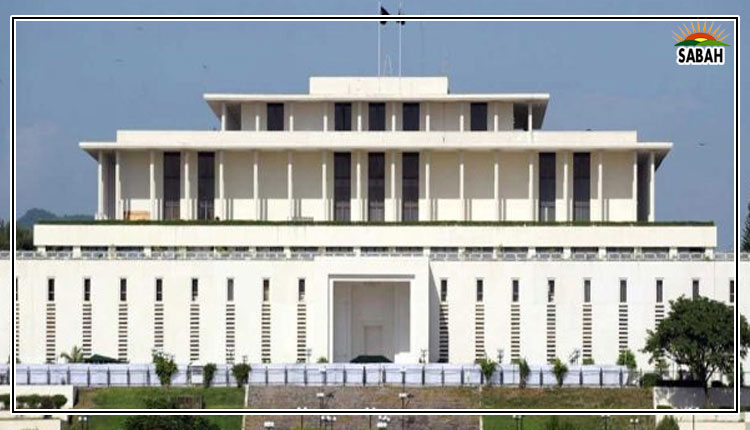Austerity begins at home…. Dr Pervez Tahir
There are two sides of a budget, taxes and expenditure. This column has consistently argued that the wild goose chase of tax to GDP ratio should end and the burden of adjustment should be borne by the expenditure side. Belatedly, a National Austerity Committee has been set up that, among others, has the first term of reference to reduce public expenditure and ensure fiscal discipline for the purpose. Before it becomes history like previous such committees by cutting corners here and there leading nowhere, here is a concrete proposal that goes beyond a stock-in-trade economy drive. It is constitutional and falls in the category of fundamental, but much delayed reform.
In 2010, the 18th amendment redefined the size of the federal government. It was significantly reduced. With a view to enabling provinces to take up the extra burden, the 7th NFC increased their share from 45% to 57.5%. While the resource transfer was immediate, the federal government failed to fully shed the load of subjects no more in its domain. For narrow political ends and in the garb of achieving dubiousnational objectives, an unwise spending spree continued. In FY10, the year before the 7th NFC, federal revenue financed 54% of federal expenditure. In FY20, it came down to 48% and further down to 40% in FY22. The result was the massive debt accumulation and the increasing risk of default.
Following the 18th amendment, Federal Legislative List, Part I, contains some 53 items. Federal government is organised into administrative divisions headed by secretaries. At present, the number of divisions is 46. A careful perusal of the list reveals that the federal government requires no more than ten divisions. These include defence, foreign affairs, interior, communications, international trade and commerce, finance, energy, law and parliamentary affairs, planning and cabinet divisions. Part II of the Federal Legislative List is the domain of the Council of Common Interests (CCI). National planning and economic coordination belong here. Planning Commission/planning and development division is, therefore, the natural secretariat of the CCI as well as the National Economic Council (NEC). Consistent with the subjects under the CCI, the Planning Commission should have professional members representing all provinces. Its technical sections can handle the interprovincial implications of the subjects not covered by the reduced number of divisions. There are as many as 77 departments attached to the existing divisions. Only those attached departments need to be retained as are directly related to the proposed divisional distribution. As each ministry will have only one division, the nomenclature of divisions becomes redundant. Ten ministries are the appropriate size of the cabinet. The existing number is 34. In addition, the federal government is burdened with 7 ministers of state, 4 advisers and 32 special assistants to the Prime Minister. The ceremonial office of the President has a lot of fat and the judiciary needs to expand in terms of the number of judges and contract in perks and privileges.
Federal public sector development programme is formulated as if the 18th amendment never happened. Provincial schemes costing Rs295 billion form part of it. Federal role
in higher education is only that of a regulator. But the development programme includes a portfolio of schemes costing Rs382 billion, in addition to recurrent grants. Community and other schemes costing Rs95 billion shown under housing and works have little to do with federal responsibility. Development spending of the federal government has to be re-focused on the requirements of its ten ministries, related attached departments and Islamabad Capital Territory.
Austerity, like charity, should begin at home.
Courtesy The Express Tribune












